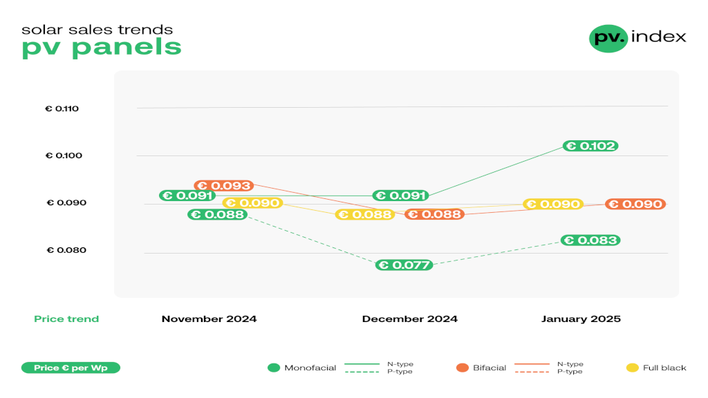Renewables remain competitive despite fossil fuel prices returning closer to historical cost levels, concludes Renewable Power Generation Costs in 2023, released by the International Renewable Energy Agency (IRENA) at the Global Renewables Summit during the UN General Assembly in New York.
Of the record 473 gigawatts (GW) added in 2023, 81% or 382 GW of newly commissioned, utility-scale renewable projects had lower costs than their fossil fuel-fired alternatives.
IRENA’s new report shows that after decades of falling costs and improving technology particularly for solar and wind, the socio-economic and environmental benefits of renewable energy deployment are now uniquely compelling.
4 US-cents/kWh average PV costs globally
With a spectacular decline in costs to around four US cents per kilowatt hour in just one year, solar photovoltaics (PV)’s global costs in 2023 were 56% lower than fossil fuel and nuclear options. Overall, the renewable power deployed globally since 2000 has saved up to USD 409 billion in fuel costs in the power sector.
IRENA’s Director-General Francesco La Camera said: “Renewable power remains cost-competitive vis-à-vis fossil fuels. The virtuous cycle of long-term support policies has accelerated renewables. In return, growth has led to technology improvements and cost reductions. Prices for renewables are no excuse anymore, on the contrary. The record growth of renewables in 2023 exemplifies this. Low-cost renewables represent a key incentive to significantly increase ambition and triple renewable power capacity by 2030, as modelled by IRENA and set by the UAE Consensus at COP28”.
Battery storage projects costs dropped by 89% since 2010
Achieving the tripling renewables target requires global renewable capacity to reach 11.2 terawatts (TW) by 2030, adding an average of 1044 GW of new capacity annually through 2030. 8.5 TW would come from solar PV and onshore wind alone according to IRENA’s World Energy Transitions Outlook.
Most importantly, the tripling goal must be accompanied by key energy transition enablers, such as storage. Battery storage project costs have dropped by 89% between 2010 and 2023, facilitating the integration of high shares of solar and wind capacity by helping address grid infrastructure challenges.
Also see: Large battery storage systems as new champions
La Camera added: “In the coming years, remarkable growth across all renewable energy sources is expected, giving countries great economic opportunities. Our analysis indicates that solar PV and onshore wind will have the biggest impacts on the tripling of renewables. Thanks to low-cost renewables in the global market, policy makers have an immediate solution at hand to reduce fossil fuels dependency, limit the economic and social damage of carbon-intensive energy use, drive economic development and harness energy security benefits.”
12% less costs for PV from new projects in 2023
In 2023, the global weighted average cost of electricity from newly commissioned renewable projects across most technologies fell, for solar PV by 12%, for onshore wind by 3%, for offshore wind by 7%, for concentrating solar power by 4% and for hydropower by 7%, the new IRENA report unveils.
In non-OECD economies where electricity demand is growing and new capacity is needed, renewable power generation projects with lower costs than fossil fuel-fired equivalents for their country and region will significantly reduce electricity system costs over the life of their operation.
Huge savings with renewables
In 2023, Asia registered the highest cumulative savings in the period between 2000-2010, estimated at USD 212 billion, followed by Europe with USD 88 billion and South America with an estimated USD 53 billion.
Also see: Rising energy demand affecting the pace of the energy transition
Renewable power generation has become the default source of least-cost new power generation. Policy makers and stakeholders should focus on ensuring that policies, regulations, market structures, support instruments, de-risking mechanisms, and financing are all rapidly aligned with the tripling target and submitted in the next round of Nationally Determined Contributions to the Paris Agreement in 2025. (hcn)








